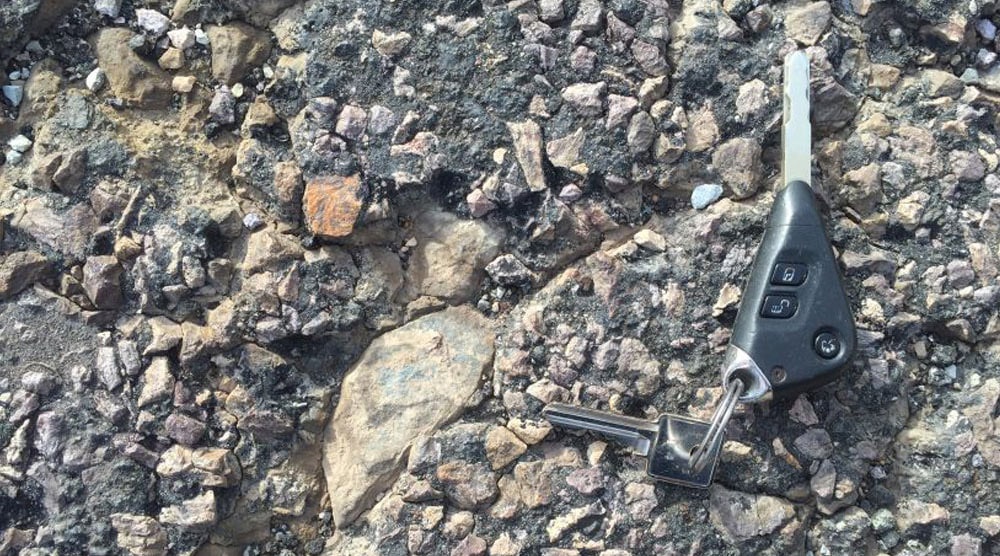
With particular reference to Polymer Modified Materials (PCM’s) and Cement Modified Base (CMB) materials, determining the binder dosages and the additional virgin material quantities (if ordered) is paramount prior to undertaking insitu stabilization for a cost-effective and well performing outcome.
Prior to commencing the insitu stabilization process, common practice includes undertaking a comprehensive geotechnical investigation and extracting the representative material throughout the job to undertake laboratory testing for:
After the initial ‘suitability’ testing is undertaken, consideration is typically given to the desired performance outcomes, including:
If strength gain is desired, further testing is required to determine the required binder dosages with consideration given to the required strength properties, generally UCS testing is undertaken at 3-5 binder dosages (for 7 or 28 day curing) and linear regression is then undertaken to determine the desired dosage.
Whilst not considered as high risk in PCM materials given the increased flexibility provided by the polymer binder, the desired strength gain must be balanced against the risk of a) reflective shrinkage cracking and b) the risk of premature fatigue cracking (particularly if the stabilization depth is <150mm)
If the material is deemed unsuitable from strength perspective (i.e. required binder dosages are too high, or the desired UCS isn’t achieved at all) consideration is also commonly given to blending in virgin materials at a nominal depth to increase the existing properties prior to stabilization.
For more information on Global Road Technology or the Mix Design Process of Insitu Stabilized Materials please contact us.
Are environmental regulations, health and safety concerns or potential profit loss a concern right now?
Contact Us Now